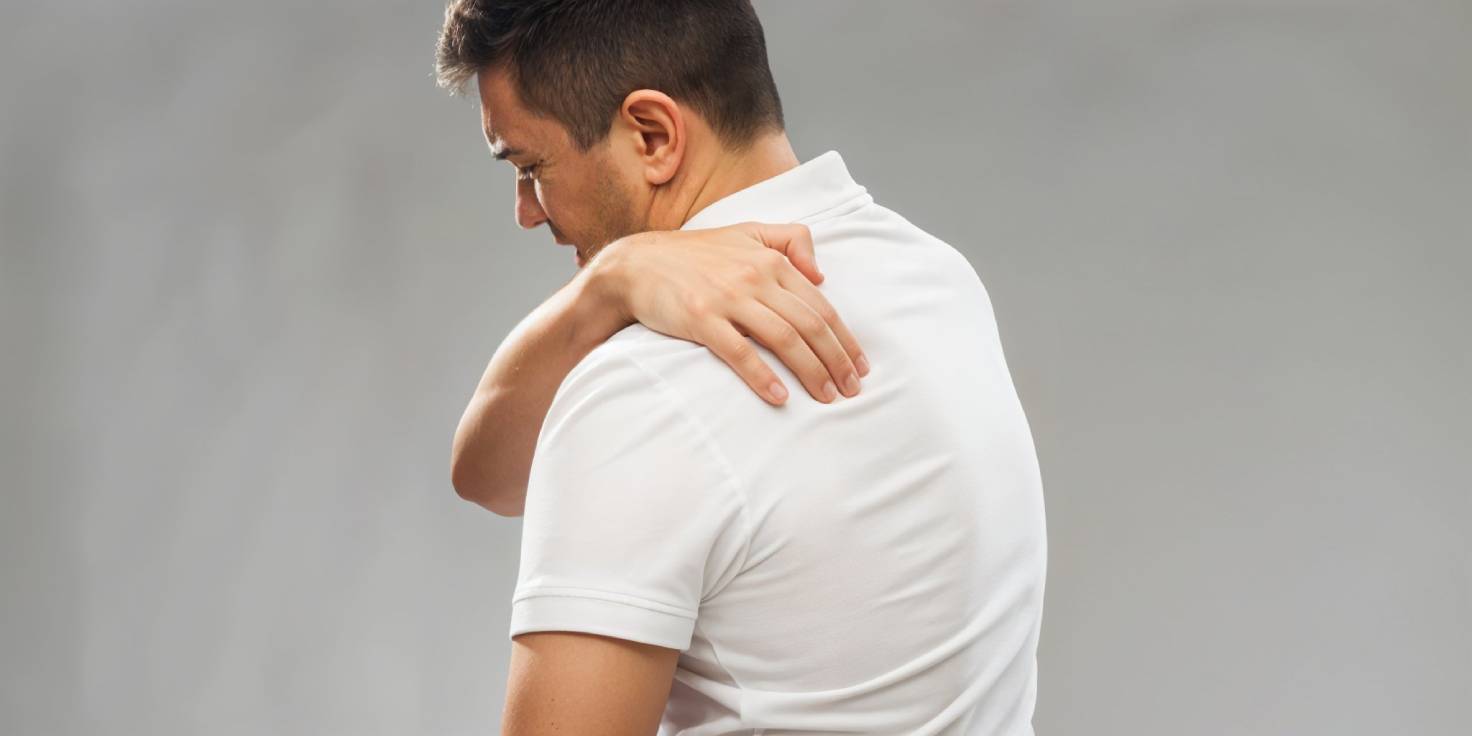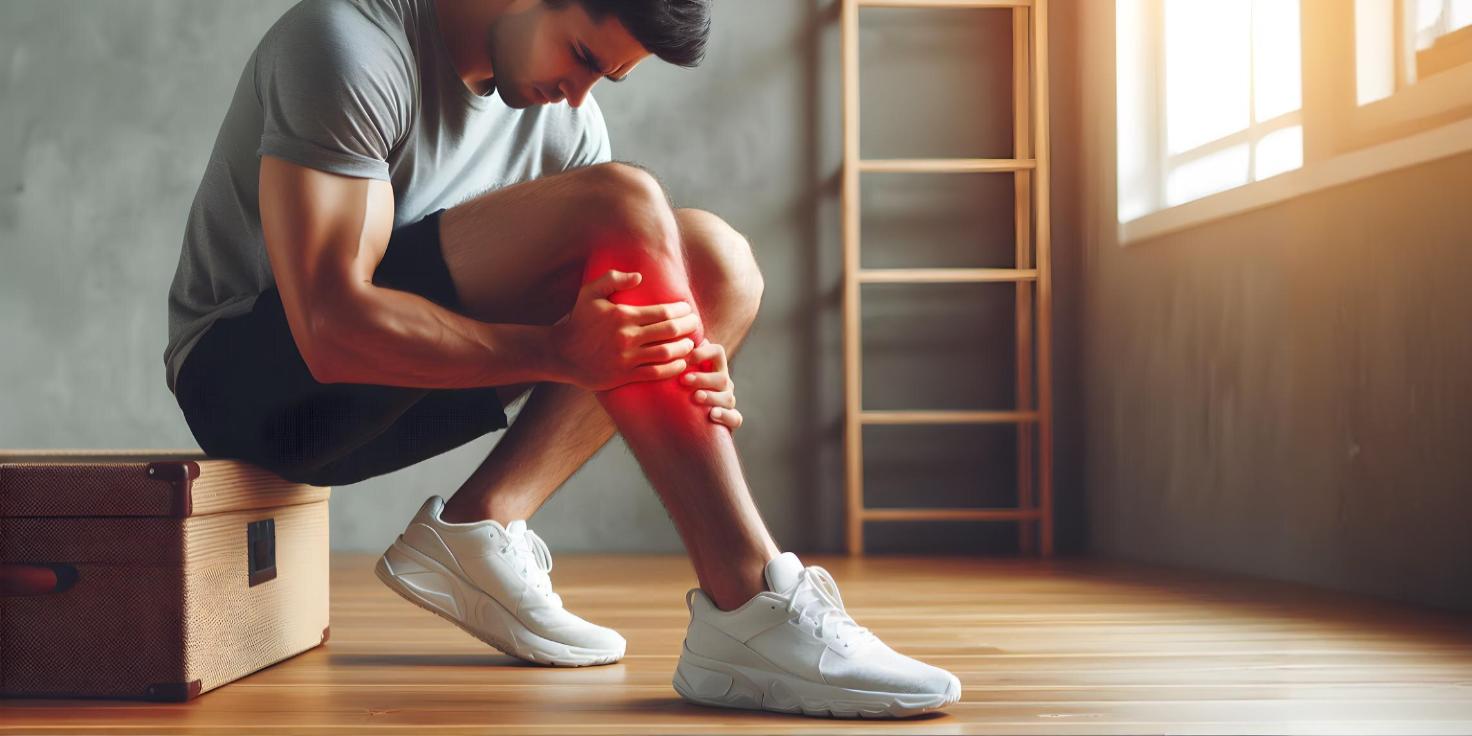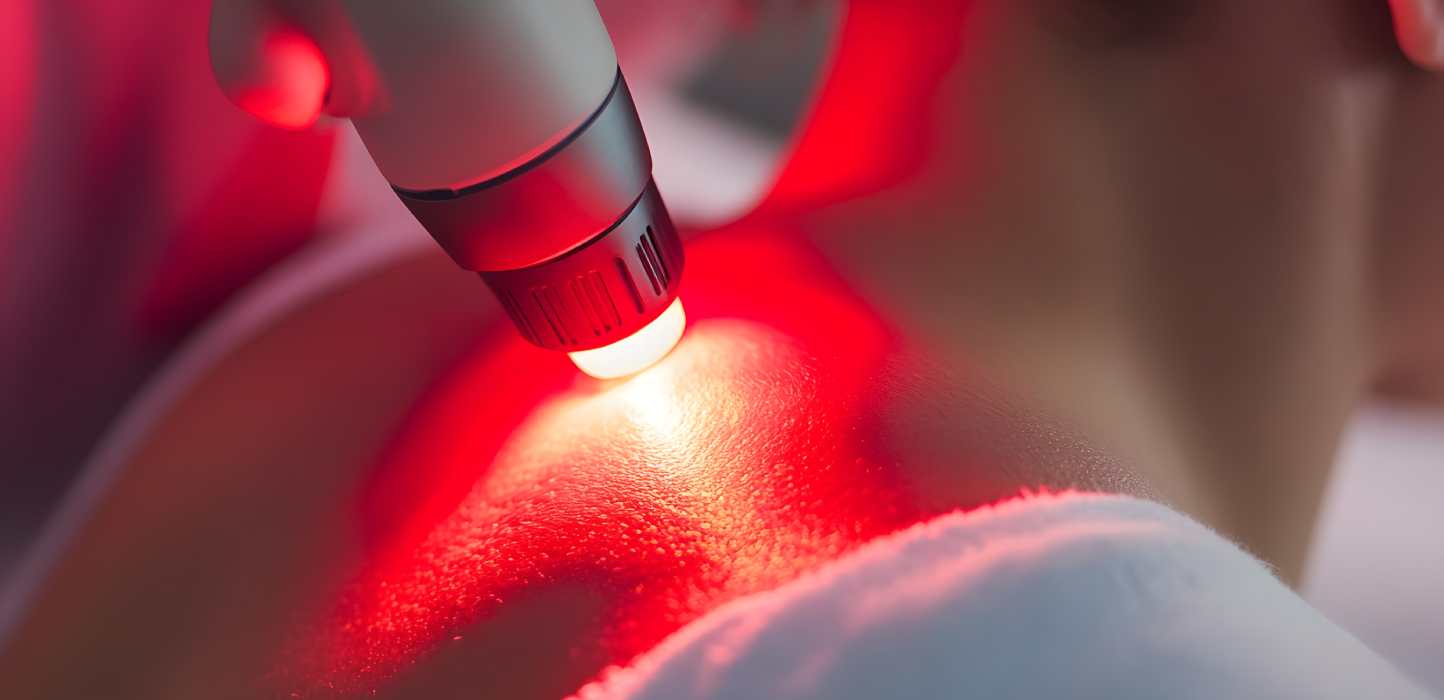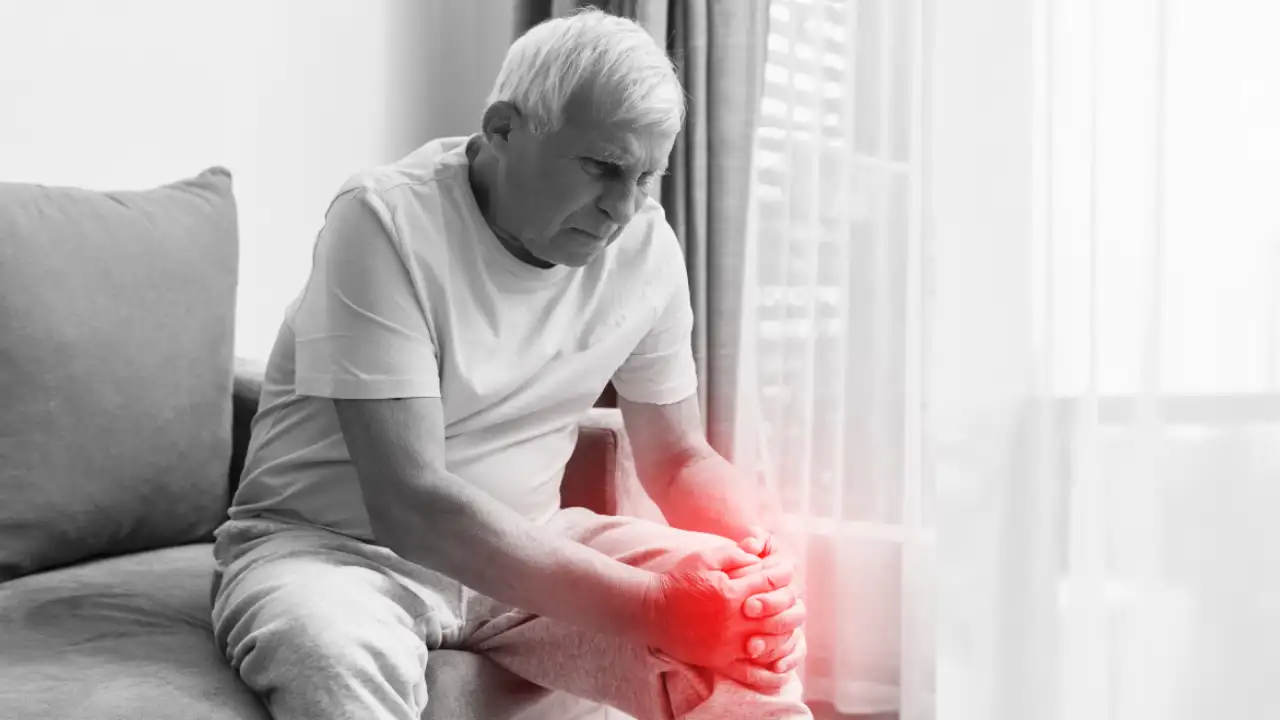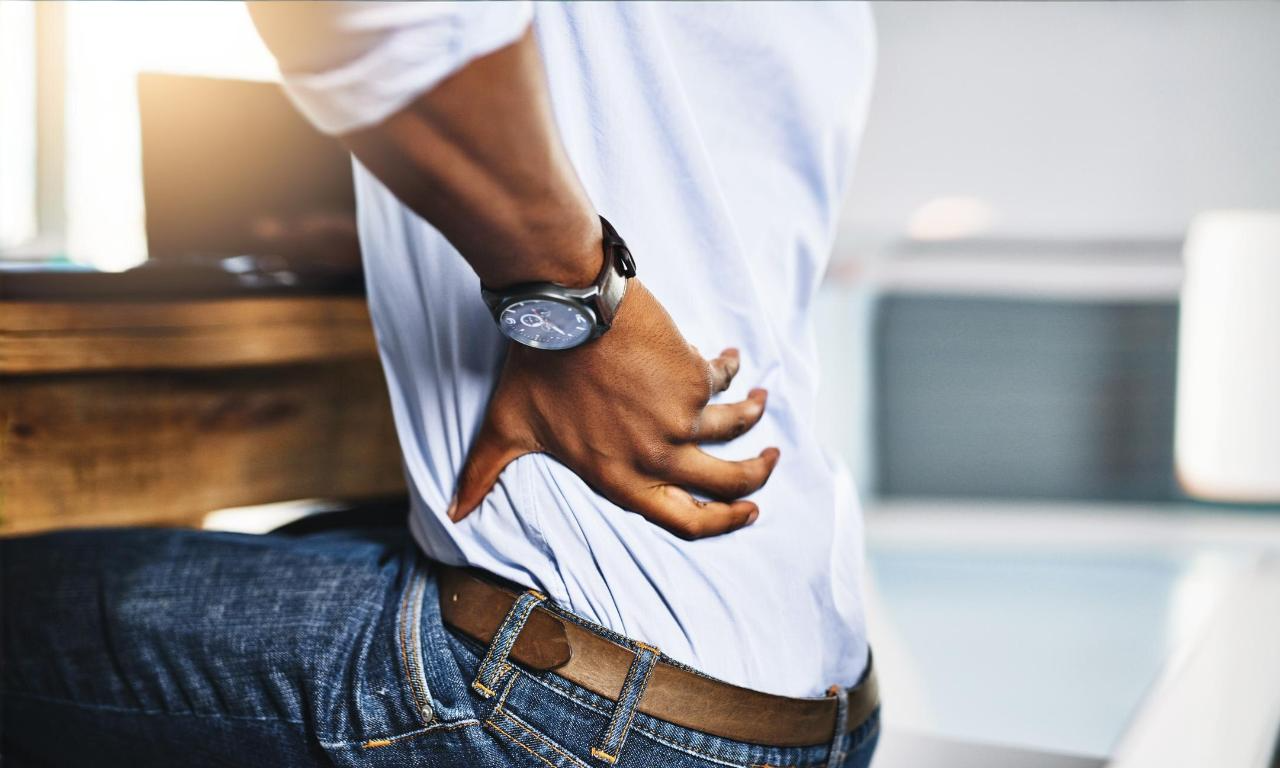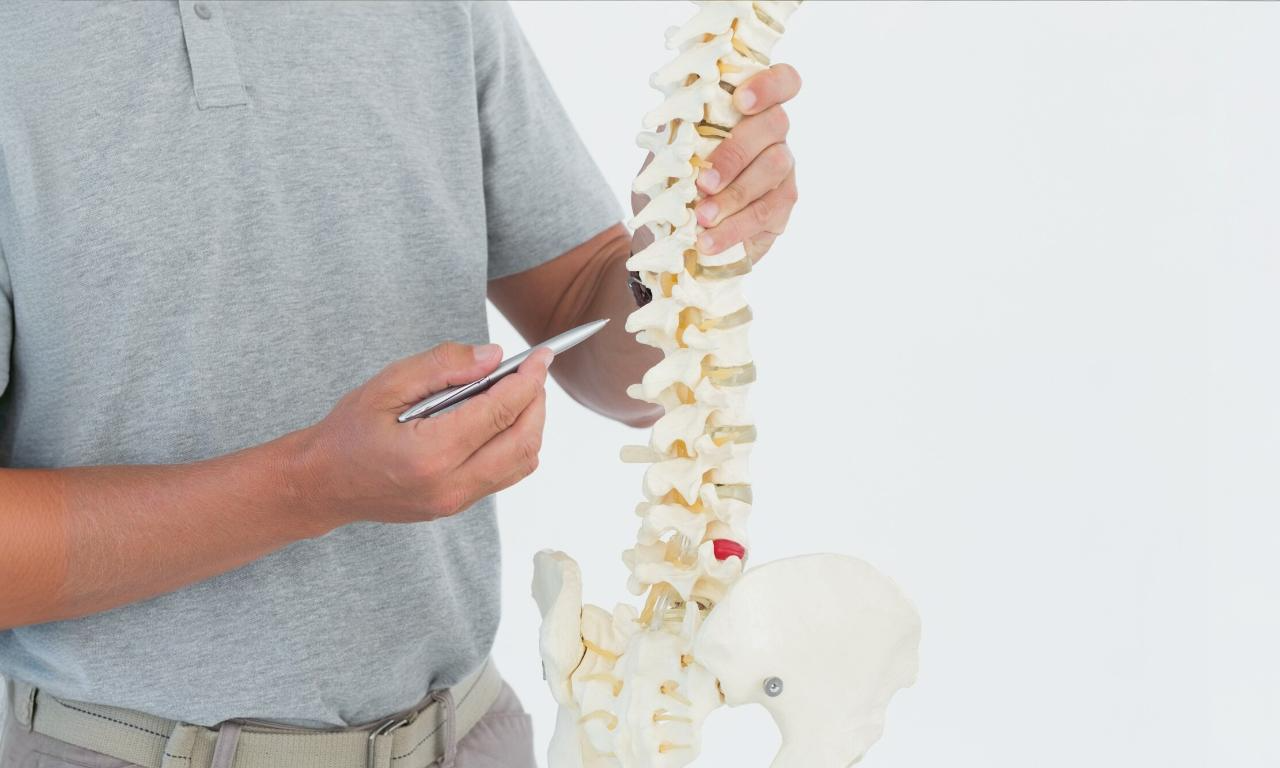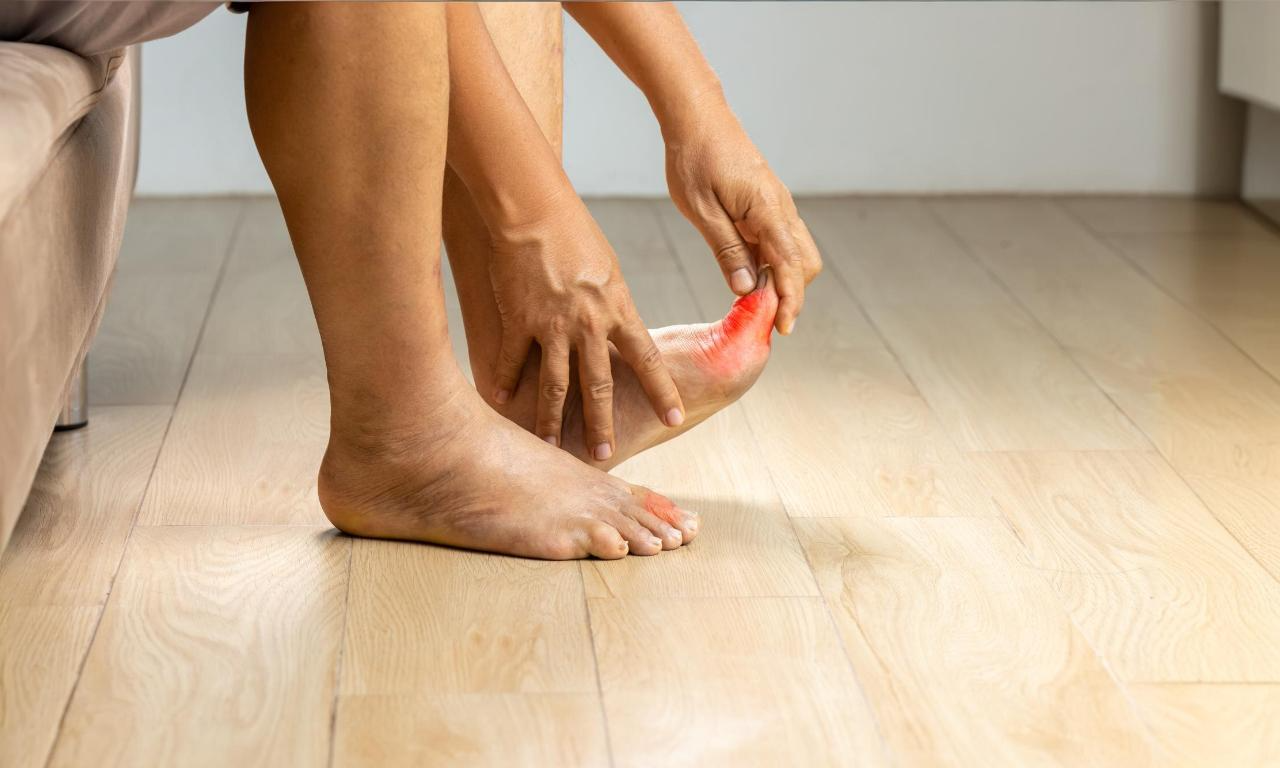
5 Physiotherapy Exercises for Gait Disorders
How to Understand Gait Disorders?
Gait disorders, which affect how a person walks, can result from various conditions such as neurological diseases, musculoskeletal issues, or injuries. Symptoms typically include difficulty walking, instability, limping, and reduced mobility, which can lead to falls or further injuries. Physiotherapy is often an effective treatment for gait disorders, offering exercises that help improve posture, strength, balance, and coordination, all of which contribute to better walking function.
In this blog, we will discuss five physiotherapy exercises that can assist in managing and improving gait disorders, helping patients regain confidence in their walking patterns and reducing the risk of falls.
Common Symptoms and Issues of Gait Disorders
Before diving into the exercises, let’s take a closer look at the common symptoms and issues related to gait disorders:
1. Unsteady Walking
Individuals with gait disorders often experience a sense of imbalance or difficulty maintaining a straight path.
2. Limping
A limp is often associated with uneven leg strength or pain in one leg, which can lead to an altered walking pattern.
3. Shuffling Steps
Shuffling steps occur when a person drags their feet while walking, which may indicate a neurological issue or general weakness in the legs.
4. Difficulty Turning or Navigating Obstacles
Gait disorders can cause problems with turning or navigating around obstacles, leading to increased fall risk.
5. Reduced Speed and Stiffness
A slower pace and stiff movements are often seen in conditions like arthritis or Parkinson’s disease, which affect walking ability.
Physiotherapy Exercise for Gait Disorders
1. Heel-to-Toe Walking
Heel-to-toe walking is one of the most effective exercises for improving balance and retraining the walking pattern. It mimics the normal walking cycle and can help individuals with gait disorders regain control of their walking form.
How to Perform Heel-to-Toe Walking:
- Stand tall with your feet hip-width apart.
- Slowly walk forward in a straight line, ensuring that the heel of one foot touches the toe of the other foot as you step.
- Focus on maintaining balance and good posture throughout the movement.
Benefits:
- Enhances overall balance and coordination.
- Helps strengthen the lower limbs and improve walking efficiency.
- Encourages proper foot placement and gait patterns.
2. Standing Marches
Standing marches target the hip flexors and core muscles, which are essential for lifting the legs properly during walking. This exercise helps improve leg movement and strength, essential for gait control.
How to Perform Standing Marches:
- Stand with your feet shoulder-width apart and your knees slightly bent.
- Lift one knee towards your chest while keeping your upper body upright and engaged.
- Lower the leg and repeat the process with the opposite leg.
Benefits:
- Strengthens the hip flexors, thighs, and core muscles.
- Improves leg movement coordination, reducing the risk of a shuffling gait.
- Enhances walking efficiency and stride length.
3. Step-ups
Step-ups focus on strengthening the legs, particularly the quadriceps, hamstrings, and glutes, which play key roles in walking. This exercise helps increase lower limb strength and stability, both crucial for maintaining a proper gait.
How to Perform Step-ups:
- Stand in front of a step or sturdy platform.
- Step up with one leg, pressing through the heel to lift your body.
- Step down with the same leg, followed by the other leg.
- Repeat the process for 10 to 15 repetitions, alternating legs.
Benefits:
- Strengthens the major muscle groups of the legs.
- Improves knee stability, helping reduce knee pain and improve gait.
- Enhances coordination and balance.
4. Heel and Toe Raises
Heel and toe raises are simple exercises designed to strengthen the muscles in the feet and calves. These muscles are essential for push-off during walking, which improves walking mechanics and stability.
How to Perform Heel and Toe Raises:
- Stand with your feet shoulder-width apart, holding onto a sturdy surface for balance if needed.
- Raise your heels off the floor so that you are standing on your toes.
- Hold briefly before lowering your heels and then raise your toes while keeping the heels on the floor.
- Repeat 10 to 15 times for each movement.
Benefits:
- Strengthens the calves and ankles, improving push-off during walking.
- Enhances ankle mobility, reducing stiffness and discomfort.
- Improves overall balance and foot control.
5. Bridges
The bridge exercise focuses on strengthening the glutes, hamstrings, and lower back muscles, which are critical for maintaining stability and control when walking. Stronger glutes and hamstrings allow for a smoother, more controlled gait.
How to Perform Bridges:
- Lie flat on your back with your knees bent and feet flat on the floor.
- Engage your core and squeeze your glutes to lift your hips toward the ceiling, forming a straight line from your shoulders to your knees.
- Hold the position briefly before lowering your hips back to the floor.
- Repeat 10 to 15 times.
Benefits:
- Strengthens the glutes, hamstrings, and lower back muscles.
- Improves posture and stability, which helps with balance and gait.
- Reduces the risk of falls and supports better walking form.
Final Thoughts
Gait disorders can be challenging, but incorporating specific physiotherapy exercises into a rehabilitation plan can make a significant difference in recovery. Exercises like heel-to-toe walking, standing marches, step-ups, heel and toe raises, and bridges all play a vital role in improving walking patterns, increasing strength, and enhancing stability.
If you’re dealing with a gait disorder, it’s essential to work closely with a physiotherapist who can prepare programs to address your unique needs and goals. Consistency in performing these exercises will help restore your walking function and reduce the risk of further complications.
Contact us today to schedule a consultation and start your journey toward better mobility and improved gait.
